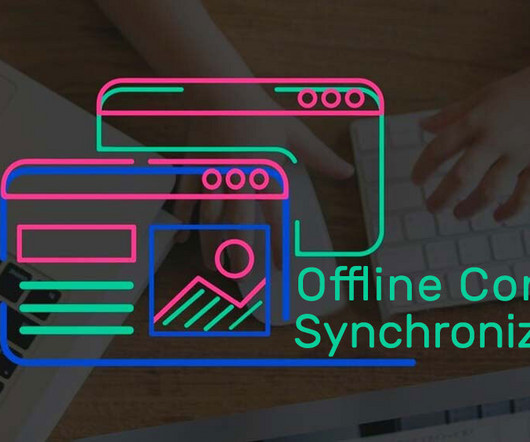HE Challenges: Fast changing digital teaching methods
Neo LMS
OCTOBER 2, 2018
According to UNESCO, global demand for higher education is expected to grow from 100 million students currently to 250+ million by 2025. They expect the same flexibility, mobility and always-on services they get with everything from travel and entertainment, also from educational providers. Read more: Will AI replace teachers?















Let's personalize your content